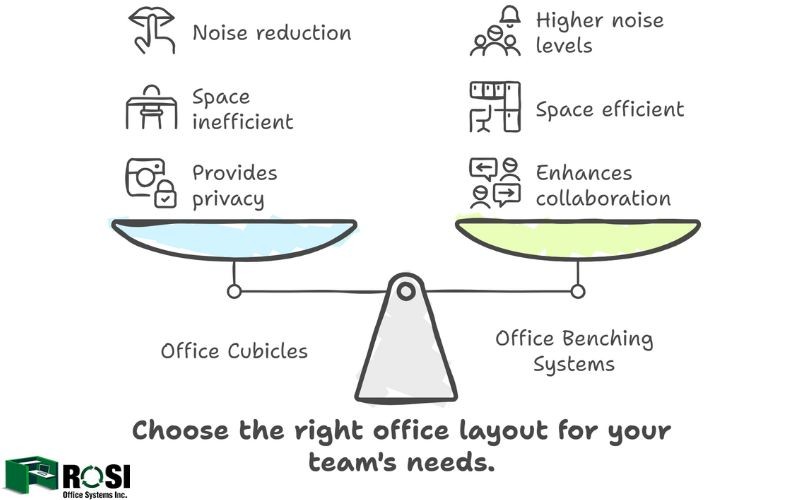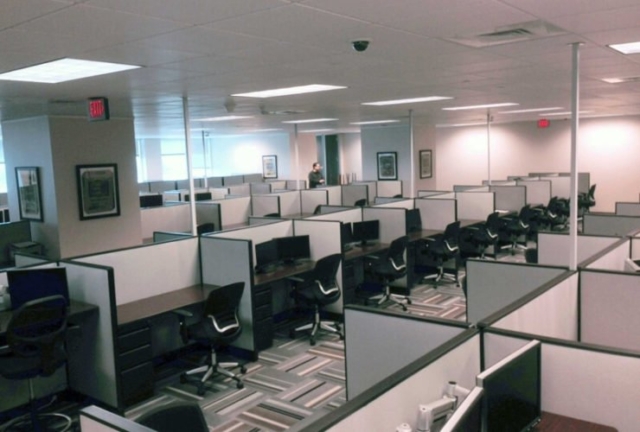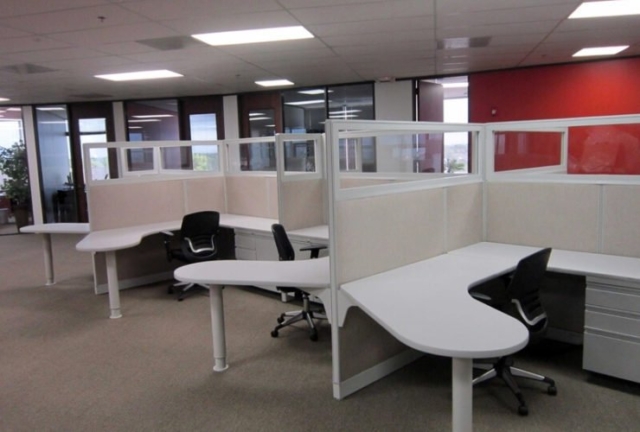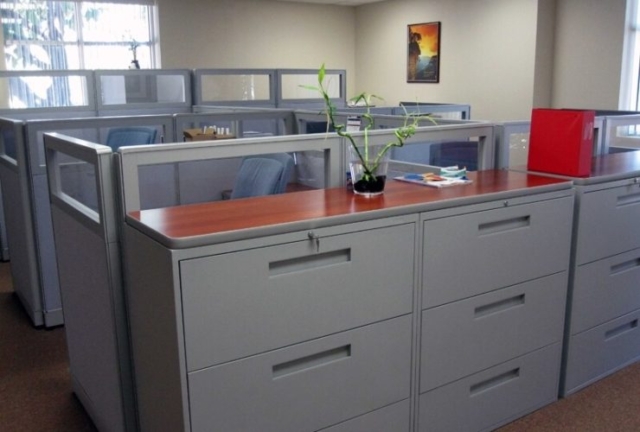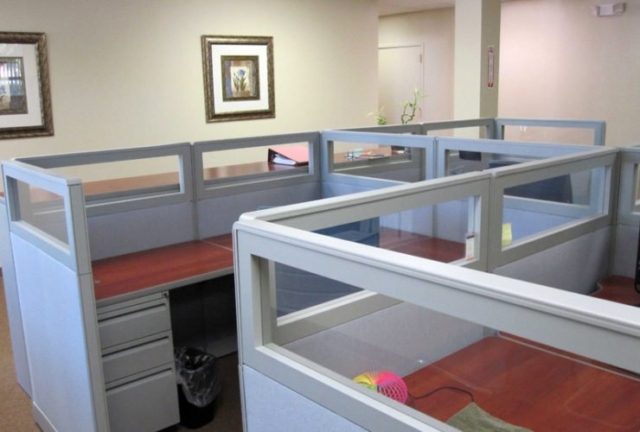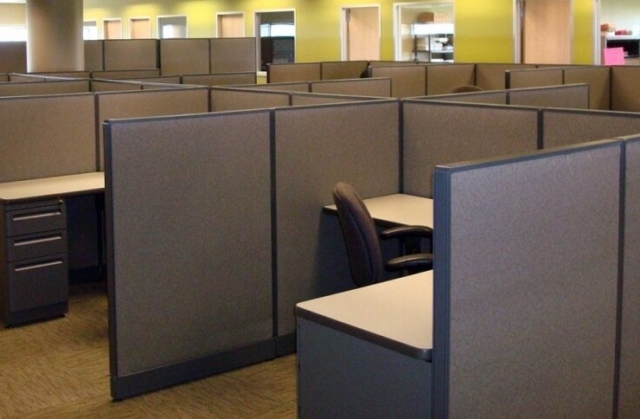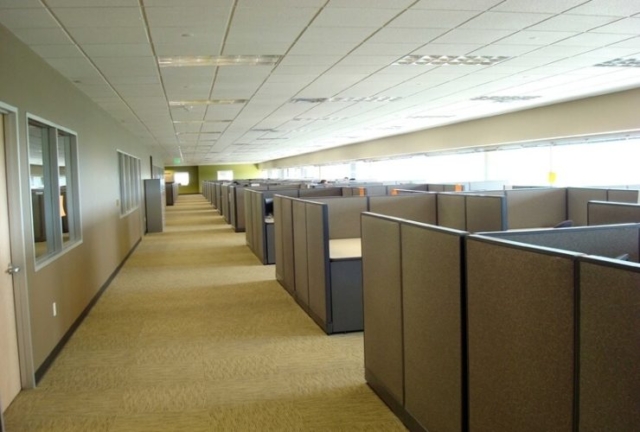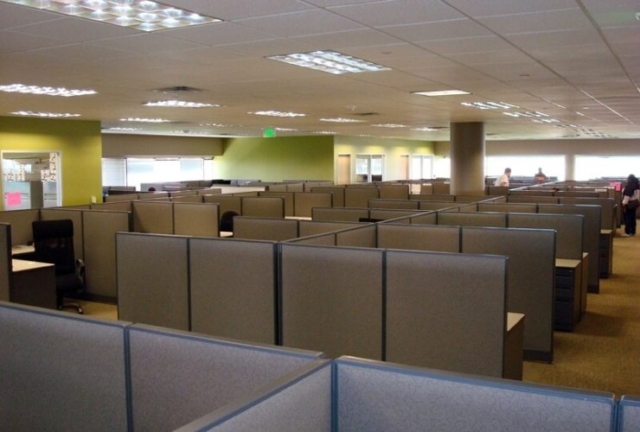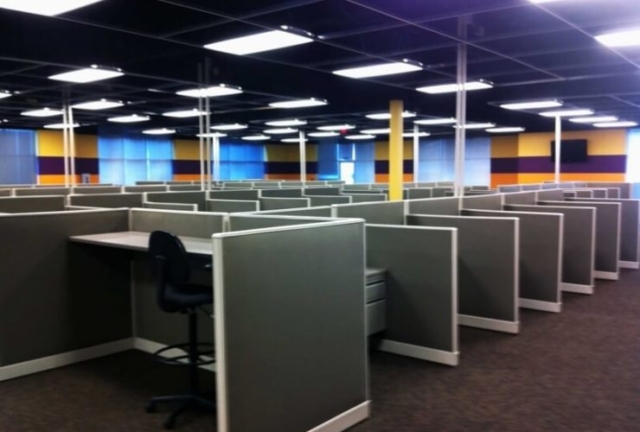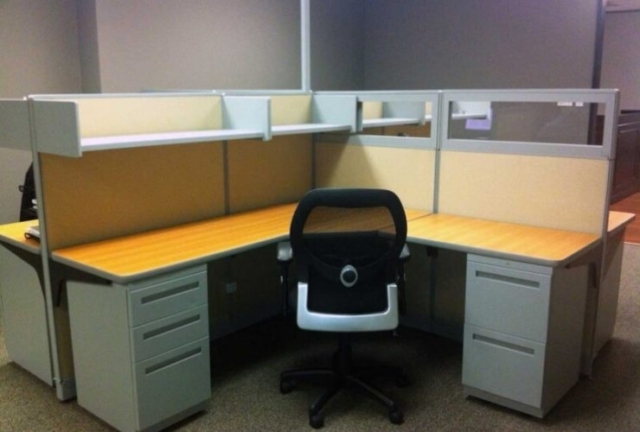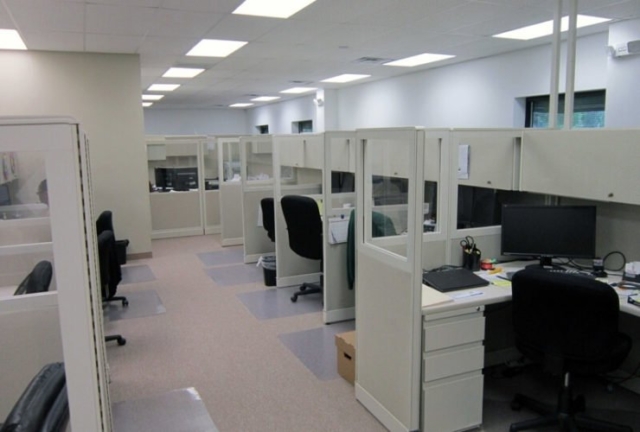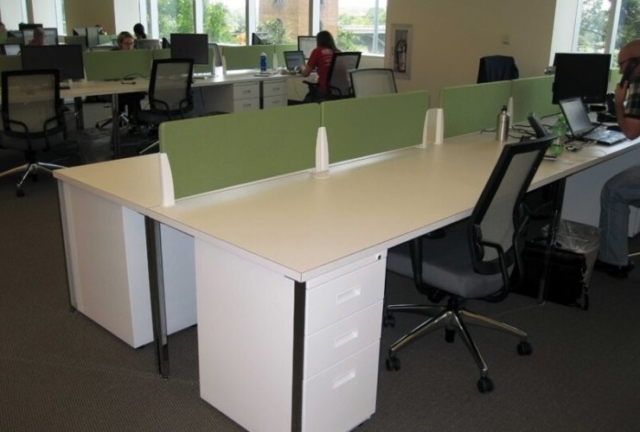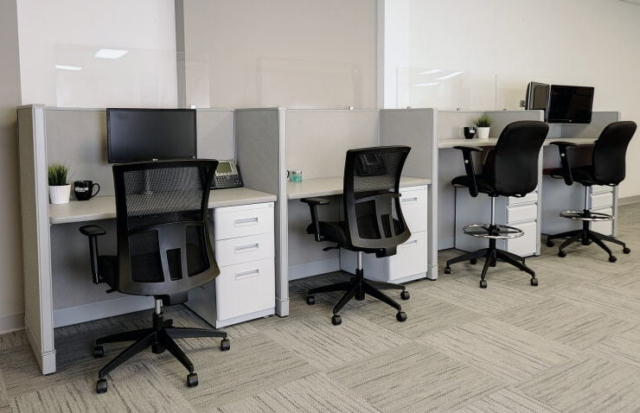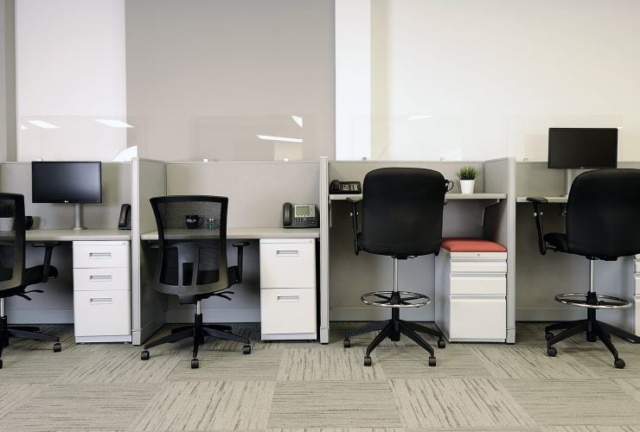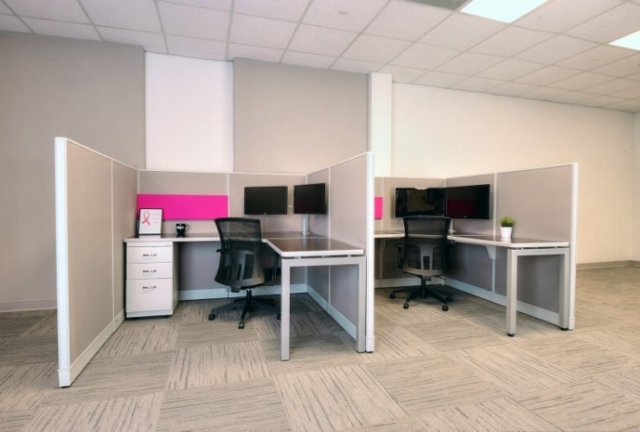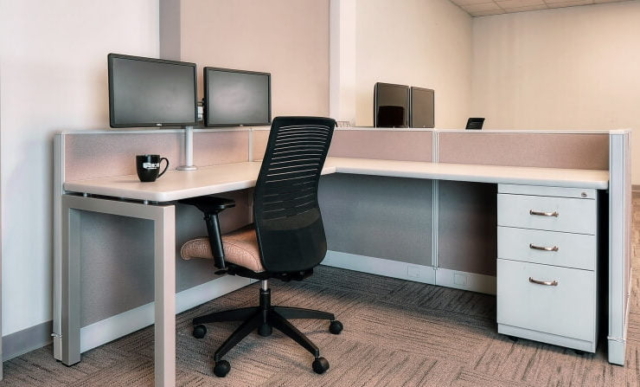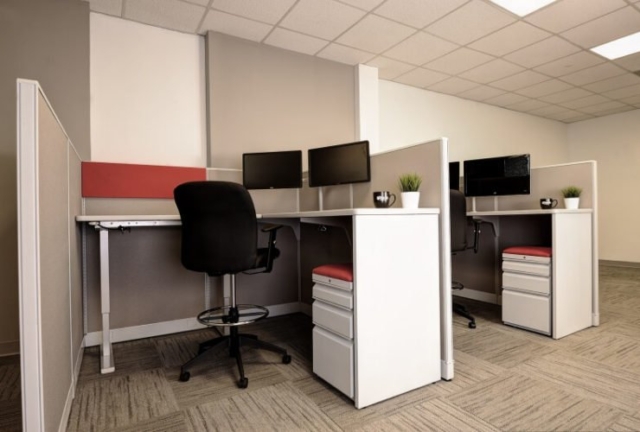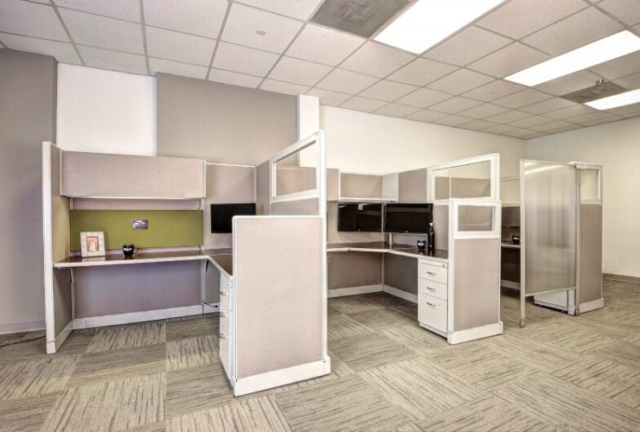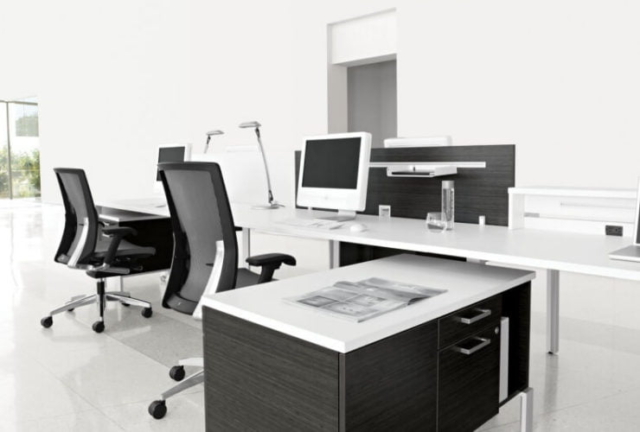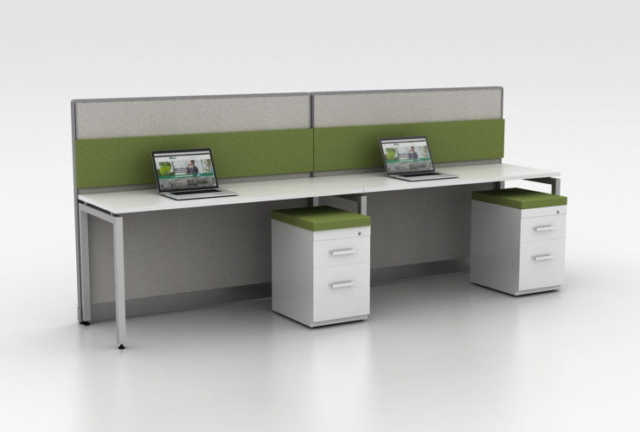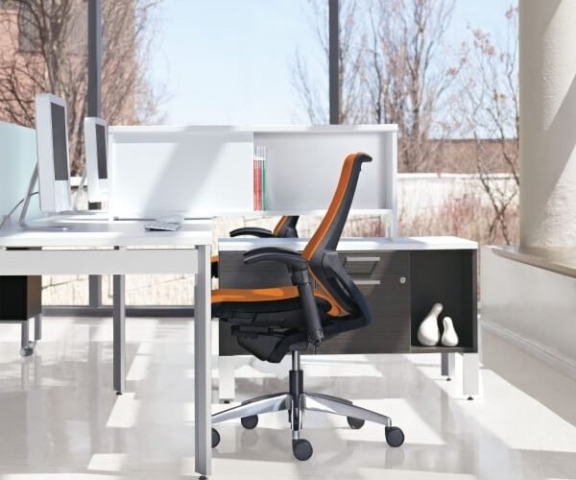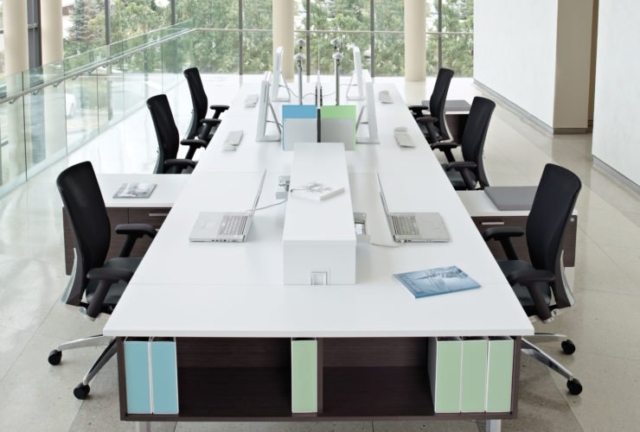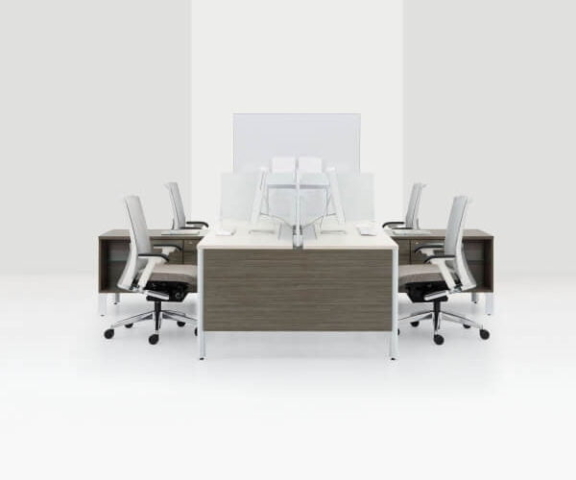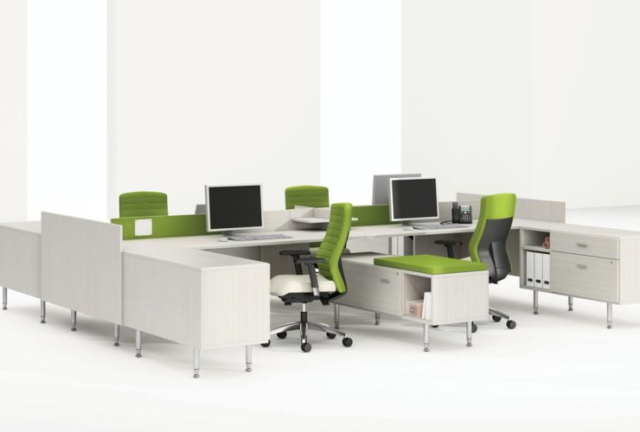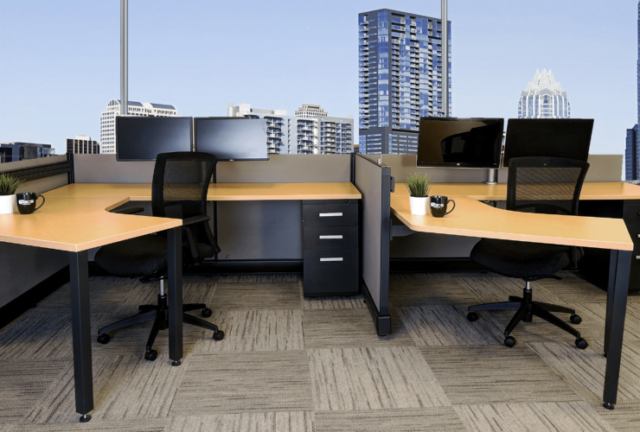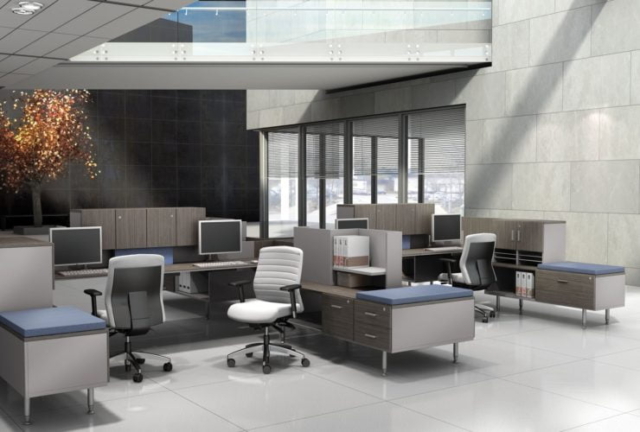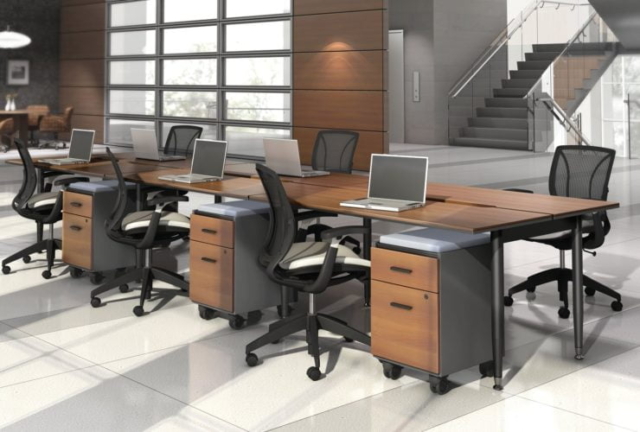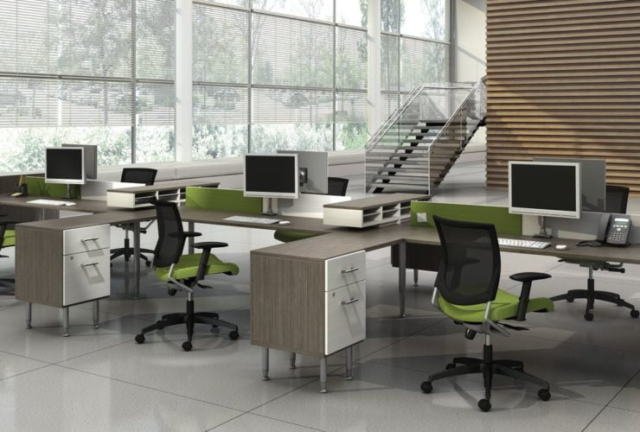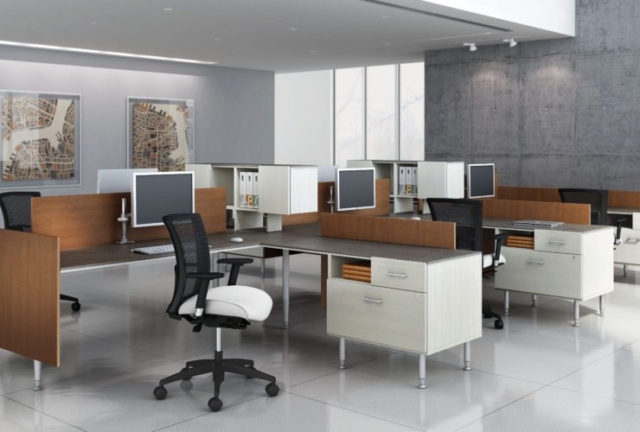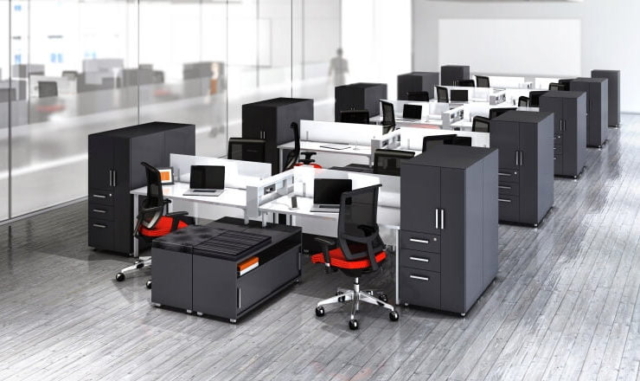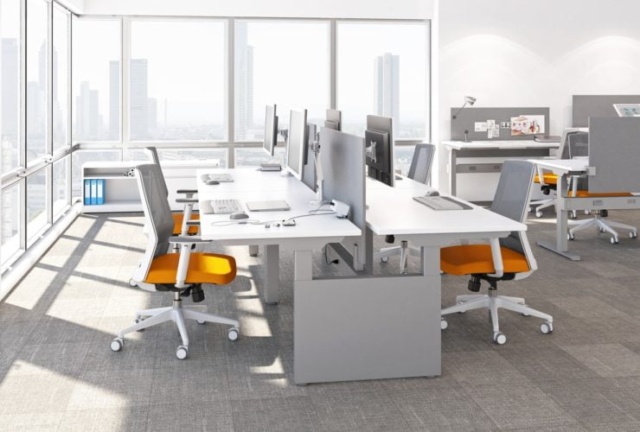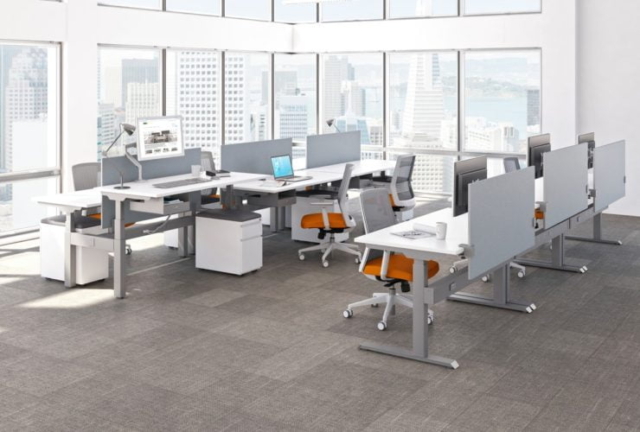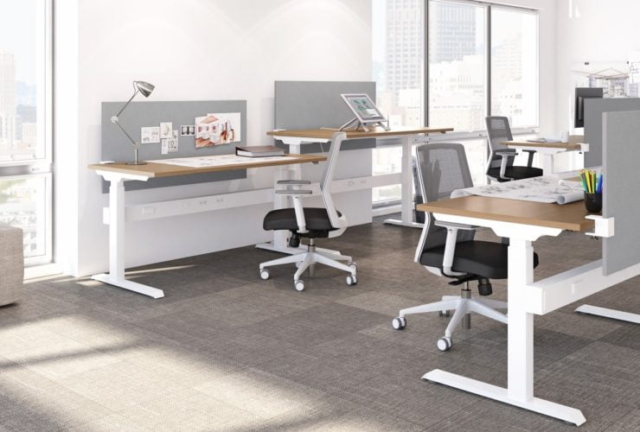
Office Cubicles Or Benching – What’s The Difference?
It might seem mundane, but it’s a strategic move for a business owner, investor, or manager to know how to select the appropriate workspace layout for your office. The corporate space is quickly moving towards office spaces that encourage collaboration and inclusivity.
Open and collaborative spaces have been shown to improve productivity and employee satisfaction. In 2025, two office options stand out and create collaborative workspaces. This is the office cubicle and the benching system.
Today, we’ll look at the two options to make sure that you understand how they work, which office layouts they serve best, and their main differences. Office cubicles or office benching?
Office cubicles provide privacy, reduce noise, and create personal workspaces ideal for focused tasks. In contrast, office benching promotes collaboration and an open environment by using shared, divider-free desks. Cubicles suit jobs requiring concentration, while benching is better for teamwork and dynamic workflows. The choice depends on your office needs.
ROSI Office Systems is the leading modern office furniture retailer in Houston Texas. We have a wide selection of office furniture including modern cubicles, office desks, ergonomic chairs, and all compatible office furniture accessories.
We also have a leasing plan for office furniture rentals. Here are some of our other services:
- Space planning and design
- Project management
- Office furniture liquidation
- New and preowned office cubicles
- Furniture delivery and installation
Let’s check these two in detail!
The Difference Between Office Cubicles & Office Benches
About Office Cubicles
Cubicles – The first specified workspace on the scene back in the 1960’s, cubicles have been ostracized and hated ever since. Interestingly, the creator of the cubicle, Robert Propst, hated what his initial vision became.
He wanted the office cubicle to be open at 120 degrees and look a lot like the mixed-use office looks today, but instead, corporate America saw space-saving dollar signs when closing them up to create boxes.
Fast-forward to today, and the cubicle has shown, in practice, that they are a great benefit in positions that demand quiet and high levels of concentration. These fields include Accounting, Banking, and Engineering, just to name a few.
Today’s cubicle is quite different from those in the 1970s-1990s and may feature lower walls, glass panes to let in natural light and a sit-stand height adjustable desk. Less storage space is needed due to less paperwork so the cubicle has grown smaller at just 36 sq. ft. per person.
Cubicles have been a staple in the corporate office space for decades and continue to be a great option for large teams that share workspaces. They are semi-enclosed by wall panels to give employees individual spaces. Cubicles are meant to give workers a degree of privacy while maintaining an open office environment.
Advantages of Office Cubicles
- They provide privacy and eliminate office distractions
- They can be easily personalized by the employee.
- Cubicles help in noise reduction because the panels dampen ambient noise
Drawbacks of Office Cubicles
- While cubicles offer privacy, they can also create physical barriers that hinder spontaneous communication and collaboration among team members.
- Cubicles often require more square footage per employee compared to open layouts therefore potentially leading to less efficient use of office space.
About Office Benching
Benching – Imagine a big gathering with a large table and that’s the gist of benching. The collaborative office, or open office is built using bench desking or table desking. Benching starts with a long table and often includes partitions to give each employee a sense of space. Data cabling can be a bit of a challenge, but that’s why ROSI has its own cabling division. Adding partitions to each individual space gives employees a sense of space.
Coming in at a mere 15 sq. ft. per person, companies are embracing the monetary savings along with the open and collaborative workspace. However, before embracing only the benching style workspace, it’s important that companies recognize the need for mixed-use space that gives employees the kind of environment required for each specific type of work.
Office benching is a recent approach to office design. They emphasize openness and collaboration rather than privacy. A benching layout consists of multiple employees sharing a long communal work surface with low-hanging partitions.
Advantages of Office Benching
- Benches enhance collaboration: The open design encourages spontaneous interactions, idea sharing, and teamwork. Employees can easily communicate which can lead to increased innovation and problem-solving capabilities.
- They are Space Efficient: Benching systems typically accommodate more employees within the same area compared to cubicles.
- Benches are Flexible: The modular nature of benching systems allows for easy reconfiguration. They can be quickly adapted to the changes in office structure or team size.
Drawbacks of Office Benching
- Benches typically lack privacy
- With open interaction comes higher noise levels which can be disruptive for some employees.
Key Considerations When Choosing Between Cubicles & Benches
- Nature of Work: Assess whether your team’s tasks require concentration and privacy or thrive on collaboration and open communication. For instance, roles involving confidential information may benefit from cubicles, while creative teams might excel in a benching setup.
- Company Culture: Align the workspace design with your organization’s values and work style. A culture that prioritizes teamwork may find benching systems more suitable, whereas a focus on individual achievement might align better with cubicles.
- Employee Preferences: Engage with your team to understand their workspace needs and preferences. Involving employees in the decision-making process can lead to higher satisfaction and acceptance of the chosen layout.
- Future Growth: Consider the scalability of the workspace to accommodate future expansion or reorganization. Flexible solutions that can adapt to changing business needs will provide long-term value.
Examples of work style and space
Cubicles Ideal For:
- Data analysis
- Number-crunching
- High-level phone calls
- Design
- Writing
Benching Ideal For:
- Project teams
- Transient Workers
- Hot Desking
- Co-Working Space
- Nomadic workspace
Consider a Hybrid Approach: Combine the Best of Both Worlds
Instead of picking one or the other, why do you try utilizing both? A hybrid setup of cubicles and benches will create designated spaces for focused individual work alongside open spaces for collaboration. These spaces will not be designated to particular employees. They can be used by any employee who needs the space at that particular time.
To conclude, as we’ve seen, the right office layout will influence your organization’s efficiency, culture, and employee well-being. Take your time and analyze what are the goals of your office and what type of layout will best suit the needs of your business and employees.
Whether you decide to go with modern office cubicles, a benching system, or a hybrid setup, ROSI will provide the best solution for you.
There is a wide selection of office benching systems from which you can choose. Our clients get end-to-end services; from selecting, purchasing/leasing, delivery, installing, and maintenance.
Talk to us about office furniture today.
As you can see, neither workspace is ideal for everyone so the most important take-away is to develop many workspaces that provide the type of environment needed so employees can do their best work.
At ROSI, we’ve helped companies find solutions and save money for nearly 25 years. Our expertise and free space planning are available so you can achieve employee satisfaction and productivity along with cost-savings. Why not get everything you need? Contact us today.

John Ofield is a recognized expert in the office furniture and office cubicle industry, with over 40 years of experience. As the founder of ROSI Office Systems, he specializes in space planning, custom cubicle designs, and high-quality commercial furniture. John’s expertise helps businesses enhance productivity and collaboration. He is also dedicated to mentoring entrepreneurs and redefining workspaces to inspire success.


